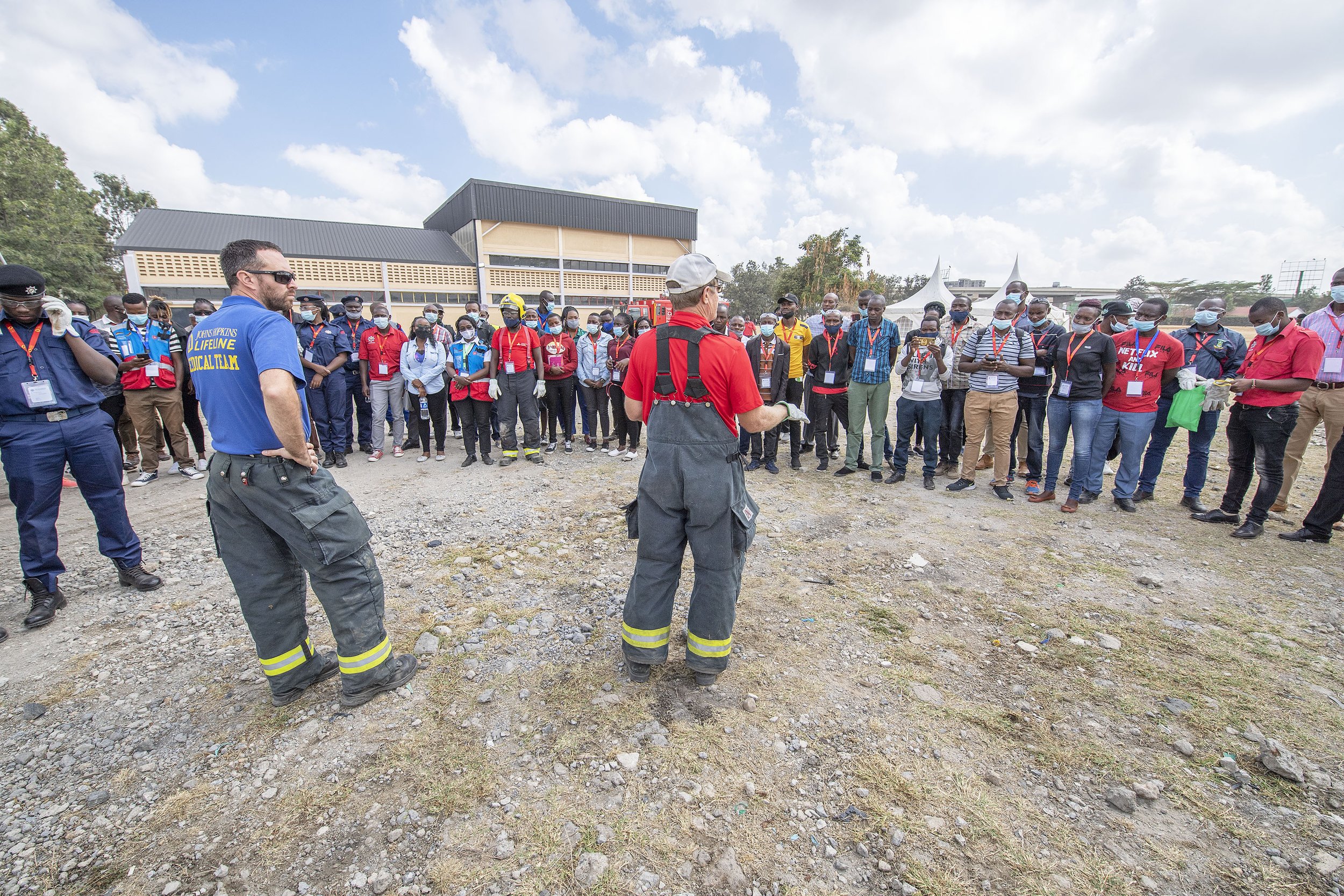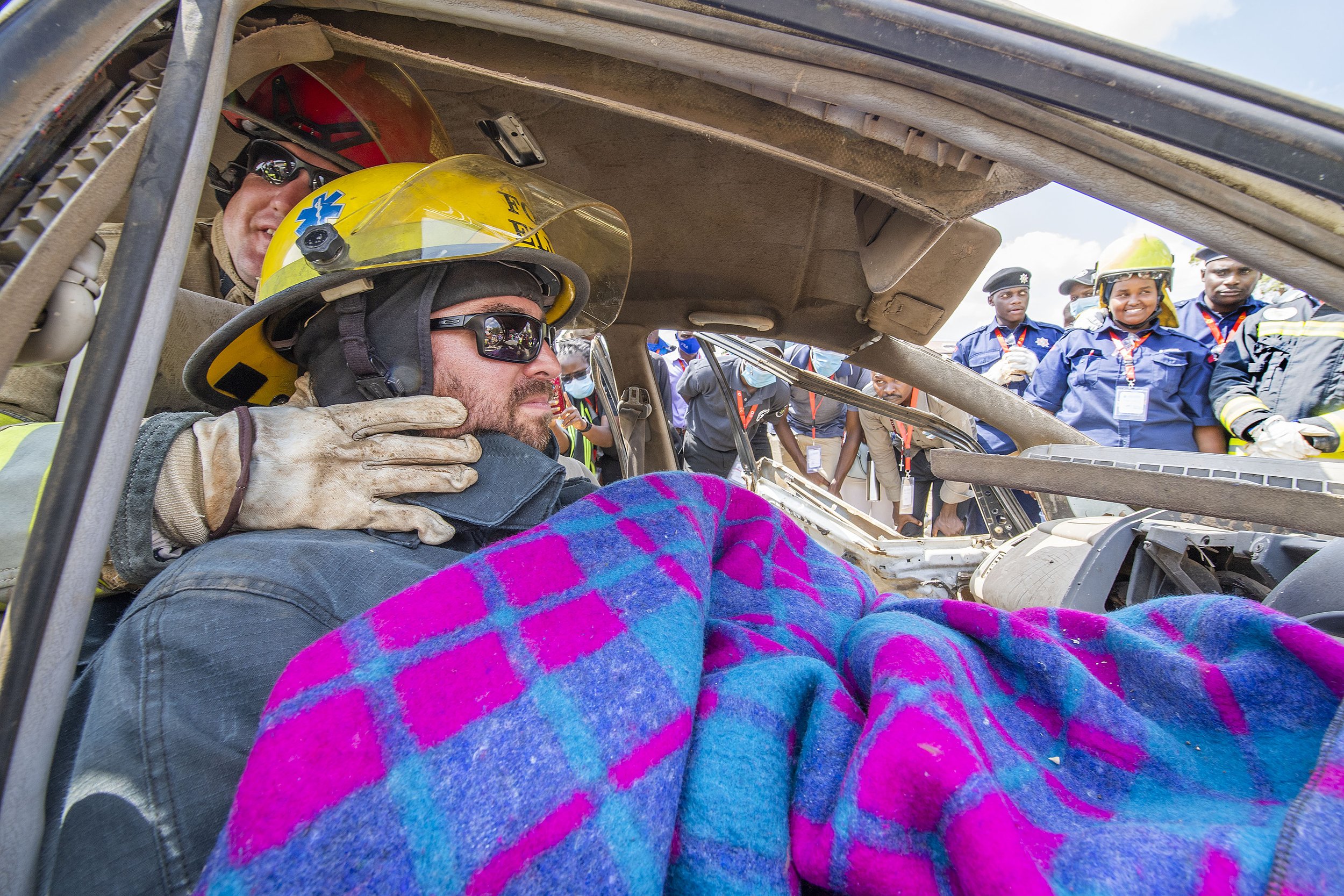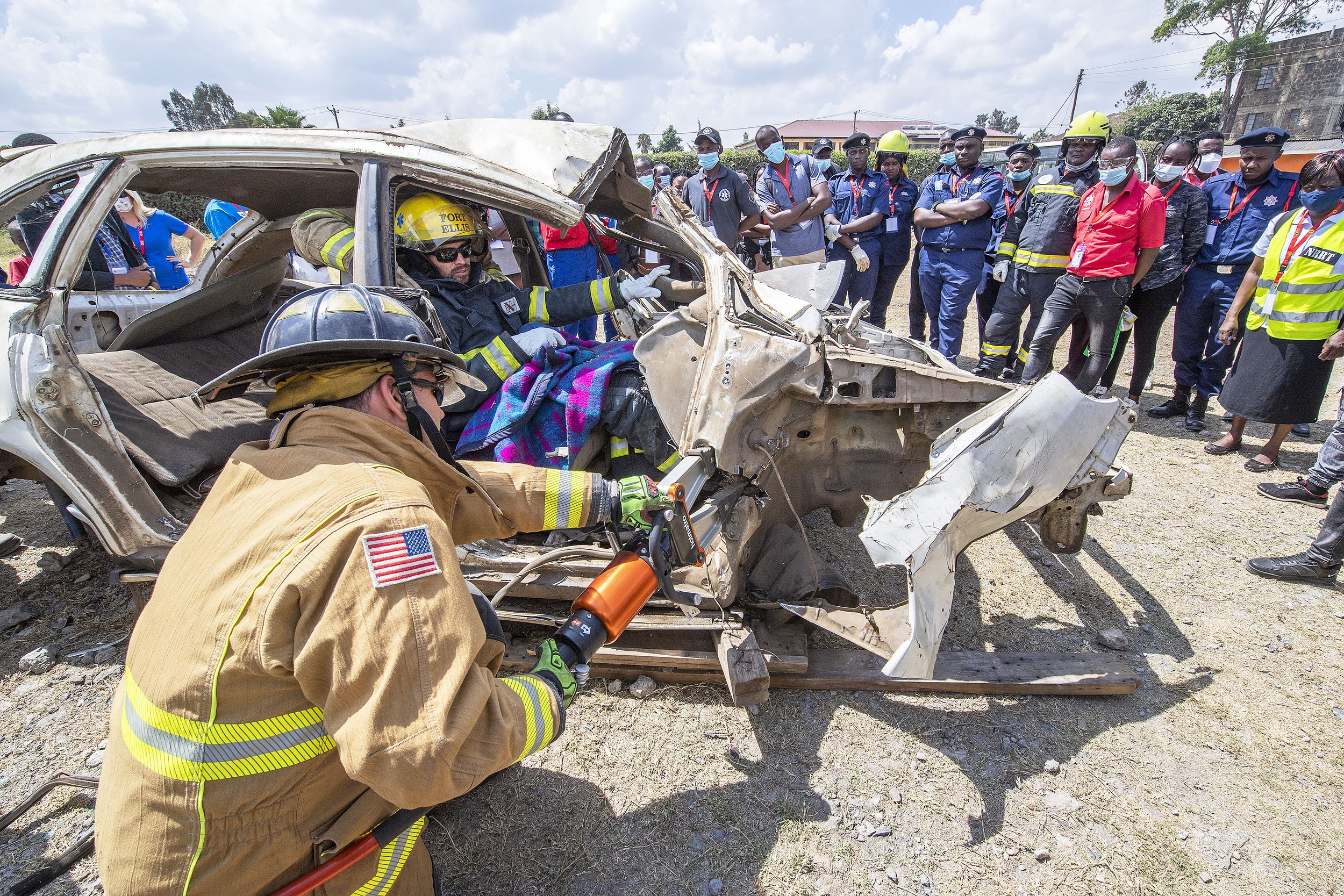By: Rabbi Howard A Cohen (Deputy Chief, ret.) AFM Virtual Training Coordinator
An important, but often overlooked, training tool is the after-action review, sometimes called a debriefing. An after-action review (AAR), or debriefing, is a discussion of an event for the purpose of examining what happened, why it happened, what, if any, improvements could be made, and who needs to know what was learned?
After-action reviews were originally developed by the United States Army and are now used in many different industries, including the fire service, hospitals and sports teams. Studies demonstrate that AARs have a demonstrable positive impact on the culture of organizations that utilize them. They increase trust among team members; improve ability to deliver services; and improve safety on the scene.
The AAR is an important component in creating a culture of positive change within a department. AAR debriefs, whether structured and formal (appropriate after a large complex event) or informal, encourage a candid critique and evaluation of a crew’s strengths and areas in need of improvement. The key to successfully using the AAR is that it is done after every incident, no matter how small or seemingly routine. As we know, any call, no matter how routine it may seem, has the potential to turn into something life threatening. Thus, something innocuous learned in one AAR, might very well be instrumental in avoiding something serious in a future incident.
One reason why AAR is so effective is that it takes the ego out of evaluating an incident. AAR is not about finger pointing, judging, or critiquing individuals. There is no rank and everyone gets to speak. While there are different ways to organize an AAR, the original model structured around five specific and open-ended questions is arguably still the best. The five questions of the AAR are: What was our intention; What went well; What could have gone better; What should we have done differently; Who needs to know. Let’s take a closer look at each of these five questions.
What was our intention with our actions? Was the call something we could have anticipated and planned for? Did we have an action plan for this kind of call? If so, did we follow it? If not, should we develop one? What were our expectations and how did we prepare ourselves for this kind of call? Was what we expected different than what we encountered?
What went well? What actually happened? Consider the incident from all the different perspectives. Who did what? What tools were involved? What outcomes were achieved?
What could have gone better? What additional training do we need?
What should we have done differently? Any unanticipated problems? How was our situational awareness? Were risks and hazards recognized? Do we need to change our policies and procedures for this kind of call?
Who needs to know? Who needs to know what was learned from the AAR? How do you share what was learned?
If you are ready to institute AAR into your department there are six steps to take. First, write standard operating policies/guidelines (SOPs/Gs) that document the purpose of AAR and how it is to be done. Second, make sure to provide training to department members who will most likely be the ones leading AARs. Third, support open communication by providing a safe place where the firefighters can talk freely and without fear of judgment. Fourth, make sure that there is time for an AAR. Fifth, make sure that there is a process for recommending policy and training updates based on AAR feedback. And the sixth and final step is to make sure that there is a way for communicating AAR findings to everybody in the organization. This last step not only shows that the process has positive effects, but that the information gleaned from an AAR might also save someone’s life at the next call.
If your department does not yet have an AAR practice, this is the perfect time to start one. AARs promote organizational safety and improve performance. Every incident now becomes a learning opportunity. In the fire service, enhanced performance is measured by lives and property saved and the well being of the first responders.







